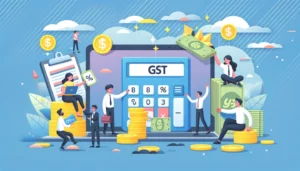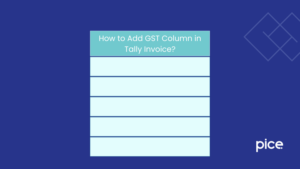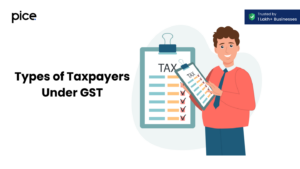A Detailed Guide About Import of Services Under GST
- 8 Aug 24
- 11 mins
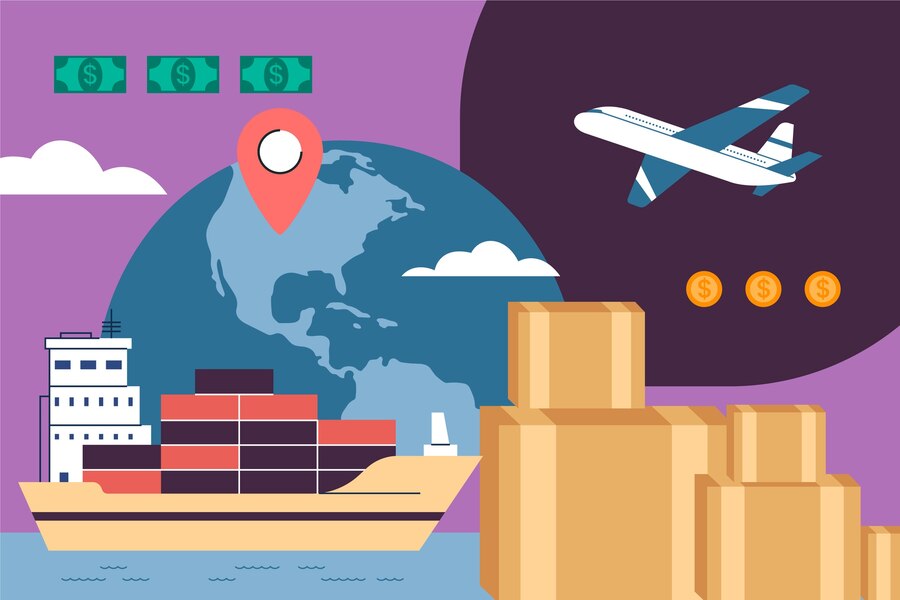
A Detailed Guide About Import of Services Under GST
Key Takeaways
- GST Streamlines Service Imports: Simplifies taxation, ensuring global business compliance.
- OIDAR Taxation: Foreign digital services to Indian recipients are taxable.
- Zero-Rated GST for SEZs: Promotes investment and activity in Special Economic Zones.
- Fair Taxation Between Related Entities: This ensures market value in inter-company imports.
- IEC for Inter-State Trade: A mandatory code for engaging in global commerce.
In an increasingly interconnected global economy, the operational activities of companies across India are profoundly impacted by import of services under GST regulations. In an effort to expedite the process and ensure that all taxable persons comply, the implementation of the Goods and Services Tax (GST) has resulted in substantial modifications to the taxation of these inputs.
Key topics including OIDAR services, supplies to Special Economic Zones (SEZs), imports by affiliated entities, and the Import Export Code (IEC) are discussed in this article, which also clarifies the complexities of importing commodities on account of the GST.
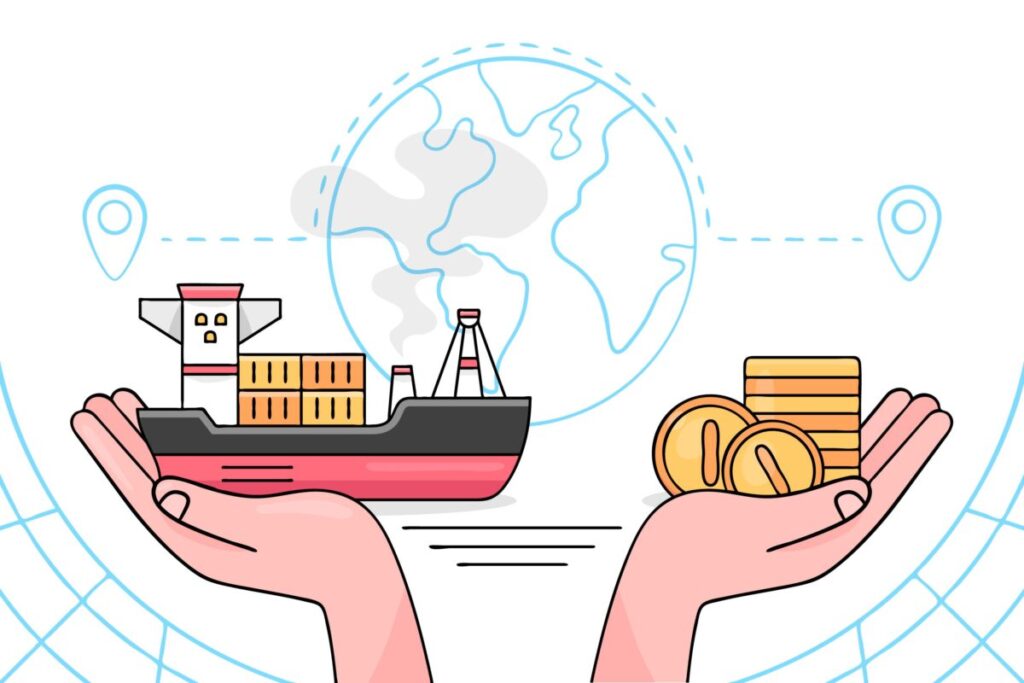
The GST Framework and OIDAR Digital Services
Online Information and Database Access or Retrieval (OIDAR) services, which deliver digital content and software applications via the internet, are now widely utilized. The GST regime categorizes these digital inputs as taxable when provided by foreign suppliers to recipients in India, aligning with the principle of taxing services where they are consumed.
This ensures that OIDAR services, regardless of their global origin, contribute their fair share to the Indian tax system.
Examples include cloud services, digital content (music, e-books), and online advertising. Under GST, OIDAR services provided by foreign suppliers to Indian recipients are taxable, and the responsibility of paying GST shifts to the recipient under the reverse charge mechanism.
GST Implications for OIDAR Services
Under the GST law, OIDAR services provided by foreign suppliers to consumers in India are subject to GST. This provision serves to prevent foreign providers of online services from gaining an unfair tax advantage over their domestic counterparts. The key aspects of GST on OIDAR include:
- Tax Liability: The liability to pay GST rests with the supplier of OIDAR. However, in cases where the contractual service supplier is located outside India, the recipient of the service in India is responsible for paying the tax under the reverse charge mechanism (RCM). For the purpose of taxing business-to-business (B2B) transactions, this technique is essential.
- Registration and Compliance: Foreign OIDAR digital services providers supplying to Indian consumers under business compliances are required to register for GST in India, even if they do not have a physical presence in the country. This ensures that all providers, irrespective of their location, comply with the Indian GST laws when supplying digital inputs and interstate trade to consumers in India.
- Place of Supply: For OIDAR, the place of supply is considered the location of the recipient of services. Particularly in the context of international trade and supply chains, this regulation is of the utmost importance in establishing tax obligations, as it guarantees that inputs utilized in India are liable to income tax.
GST on OIDAR Services: Ensuring Fair Taxation

The GST on OIDAR provided by overseas suppliers to Indian service provider is a clear example of the tax system's adaptability to the digital age. Whether the service supplier is located outside India and the recipient is within, or the transaction involves individual consumers in India, GST applies, ensuring these inputs are taxed appropriately.
The wide scope of GST is highlighted by this adaptability, which extends to digital inputs consumed within India as well.
SEZs and GST: A Zero-Rated Affair
- Special Economic Zones (SEZs) are designed to drive economic growth by attracting foreign investment with tax incentives and less burdensome regulations.
- Services supplied to SEZ units are treated as zero-rated under GST, allowing suppliers to either supply without GST or claim a full refund on taxes paid. This initiative demonstrates the commitment of the government to improving the popularity and competitiveness of special economic zones (SEZs) for commercial activities.
Zero-Rated Supplies
- In the context of GST, zero-rated supplies refer to exports or transactions with SEZs where the tax rate is effectively zero. It allows for the taxable interstate supply of services and goods to SEZs without the burden of GST or allows suppliers to claim a refund for the taxes paid on inputs used to manufacture those supplies.
GST Implications for SEZs
- Supply to SEZs
Any supply of inputs or goods to an SEZ unit or SEZ developer is considered a zero-rated supply under GST. This includes both the sale of goods and the provision of services, provided they are authorized operations as per the SEZ Act, 2005.
- Documentation and Compliance
To avail of the benefits of zero-rated supplies, suppliers must furnish evidence that the goods or products supplied are indeed for authorized operations within the SEZ. This typically involves obtaining and maintaining specific documentation, such as a declaration from the SEZ unit or developer, along with the usual GST invoices and shipping documents.
- Refunds on Input Taxes
Suppliers to SEZ units have the option to supply goods and inputs or export services under a bond or Letter of Undertaking (LUT) without paying IGST and then claim a refund on the input tax credit. This policy supports the supply of inputs and commodities to SEZs by providing liquidity and lowering supply costs to these zones.
- Direct Benefits to SEZ Units
SEZ units and developers can import goods and services without paying IGST, thanks to the zero-rated supply mechanism. They can also claim a refund for the GST paid on domestic purchases, ensuring that the goods and inputs consumed within the SEZ are competitive and not encumbered by additional tax costs.
Related Entities and GST on Imported Services
Global businesses often operate across borders, necessitating the import of goods between related entities, such as parent companies and their subsidiaries. Under GST, these transactions are taxable, with the aim of ensuring fair market value and preventing tax avoidance. This technique ensures competitive pricing by levying fair and transparent taxes on inputs imported by linked businesses.
The Import Export Code (IEC): A Gateway for Global Trade
For businesses engaged in the import of services, the Import Export Code (IEC) is indispensable. Issued by the Directorate General of Foreign Trade (DGFT), this code is a key requirement for conducting cross-border trade. It facilitates not only compliance with India's foreign trade policy but also ensures that businesses can seamlessly engage in international transactions.
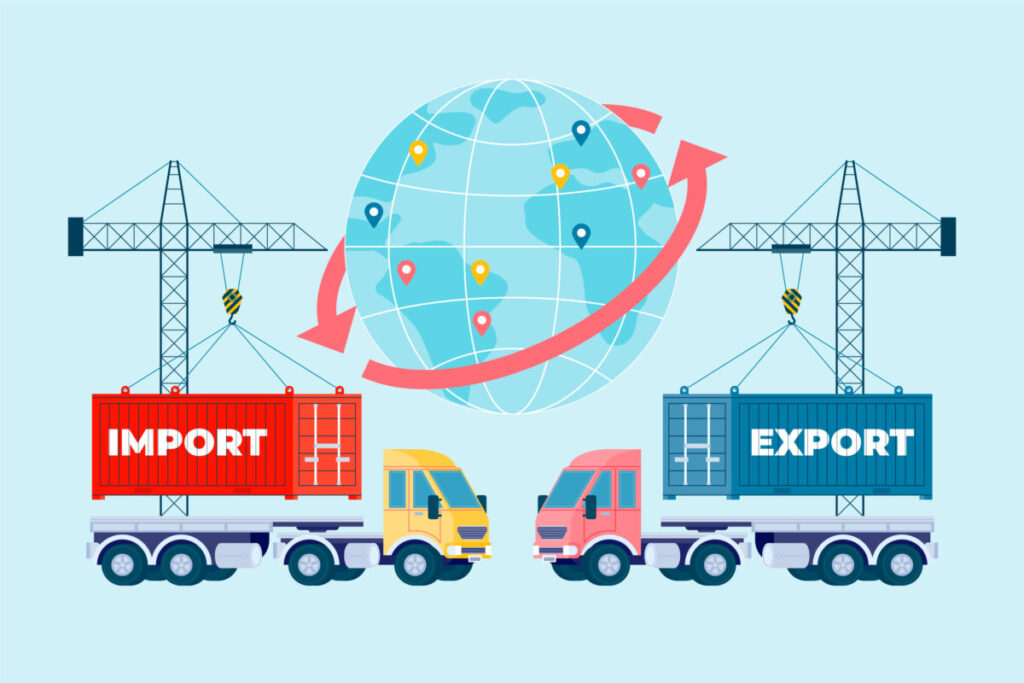
Significance of IEC
Since banks, cargo handlers, and customs authorities frequently require the IEC to process shipments and financial transactions, it is essential for anyone looking to export or import goods and inputs to or from India. It serves several key functions:
- Facilitates Global Trade: IEC is essential for sending shipments abroad and receiving imports into India.
- Banking Operations: Necessary for sending money abroad or receiving foreign currency directly into a bank account in relation to international trade.
- Customs Clearance: IEC is mandatory for customs clearance of goods, both for export of services and imports.
- Benefits and Concessions: Businesses with IEC can avail of benefits from the DGFT, Export Promotion Council, and Customs Department under export promotion schemes.
Obtaining an IEC
The process of obtaining an IEC is streamlined and can be completed online through the DGFT’s official website. The documentation required typically includes business registration details, PAN (Permanent Account Number) of the individual or business entity, a bank account in the name of the business, and the address proof of the business.
Once the application is submitted along with the necessary documents and the prescribed fee, the DGFT processes the application. Upon successful verification, the IEC is issued to the applicant. More enterprises are encouraged to engage in international trade because the entire procedure is made to be easily accessible.
Role of IEC in Boosting International Trade
The IEC not only legalizes a business as an exporter or importer but also boosts the business’s credibility in the international market. With the globalization of trade, having an IEC is synonymous with having a passport for engaging in international commerce.
It opens up multiple chances that allow companies to enter new markets, diversify their product offerings, and increase sales.
Provision of Import of Services Under GST in India
The GST regime in India has specific provisions for the taxation of inputs imported between related entities, which include transactions between parent companies and their subsidiaries or between branches and headquarters that span across international borders.
This GST component is necessary to ensure that all imported inputs are taxed equitably and explicitly, preventing related parties from attempting to manipulate transaction values in order to avoid paying taxes.
- Fair Market Value Enforcement: GST on imported inputs between related entities ensures transactions are based on their fair market value. This eliminates under- or over-invoicing, which can result in the avoidance of taxes.
- Reverse Charge Mechanism Applicability: Often, the import from a related entity outside India falls under the reverse charge mechanism (RCM). This means the recipient in India is liable to pay GST directly to the government, ensuring the tax due on these inputs is collected efficiently.
- Mandatory GST Registration: Entities in India receiving services from related overseas entities are required to register under GST if they fall under the criteria for mandatory registration. This ensures that even transactions not traditionally captured in the direct tax net due to their cross-border nature come under GST.
- Compliance and Documentation: Entities involved in importing from related parties must maintain thorough documentation, including contracts, invoices, and proof of payments, to substantiate the transaction value and compliance with GST regulations.
- Impact on Input Tax Credit (ITC): The GST paid on imports from related entities can be claimed as an input tax credit by the recipient if they are used for furtherance of business. By ensuring that the tax cost is offset for company inputs, this approach supports the smooth distribution of tax credits along the supply chain.
Role of Customs Control in GST for Imported Services
While the Customs Department is primarily involved in the regulation of goods entering or leaving the country, its role in the import of goods and inputs under GST is limited. The taxation of imports is managed through the GSTN (GST Network) and the tax authorities, rather than customs.
However, for goods imported into India, customs play a critical role in the assessment and collection of Integrated Goods and Services Tax (IGST) along with applicable customs duties. The IGST paid on goods imported into India can also be availed as ITC by the importer, subject to GST regulations.
Conclusion
The import GST framework also aims to ensure tax compliance and generate government revenue, while also attempting to promote fair competition among domestic and international service providers. Companies are better able to cross the complexities of the GST on imported services if they have a firm grasp of these regulations.
💡Ready to take the next step to make GST payments more efficient for your business or other business payments? Then download PICE, the only solution to all your business payment problems.
 By
By 







